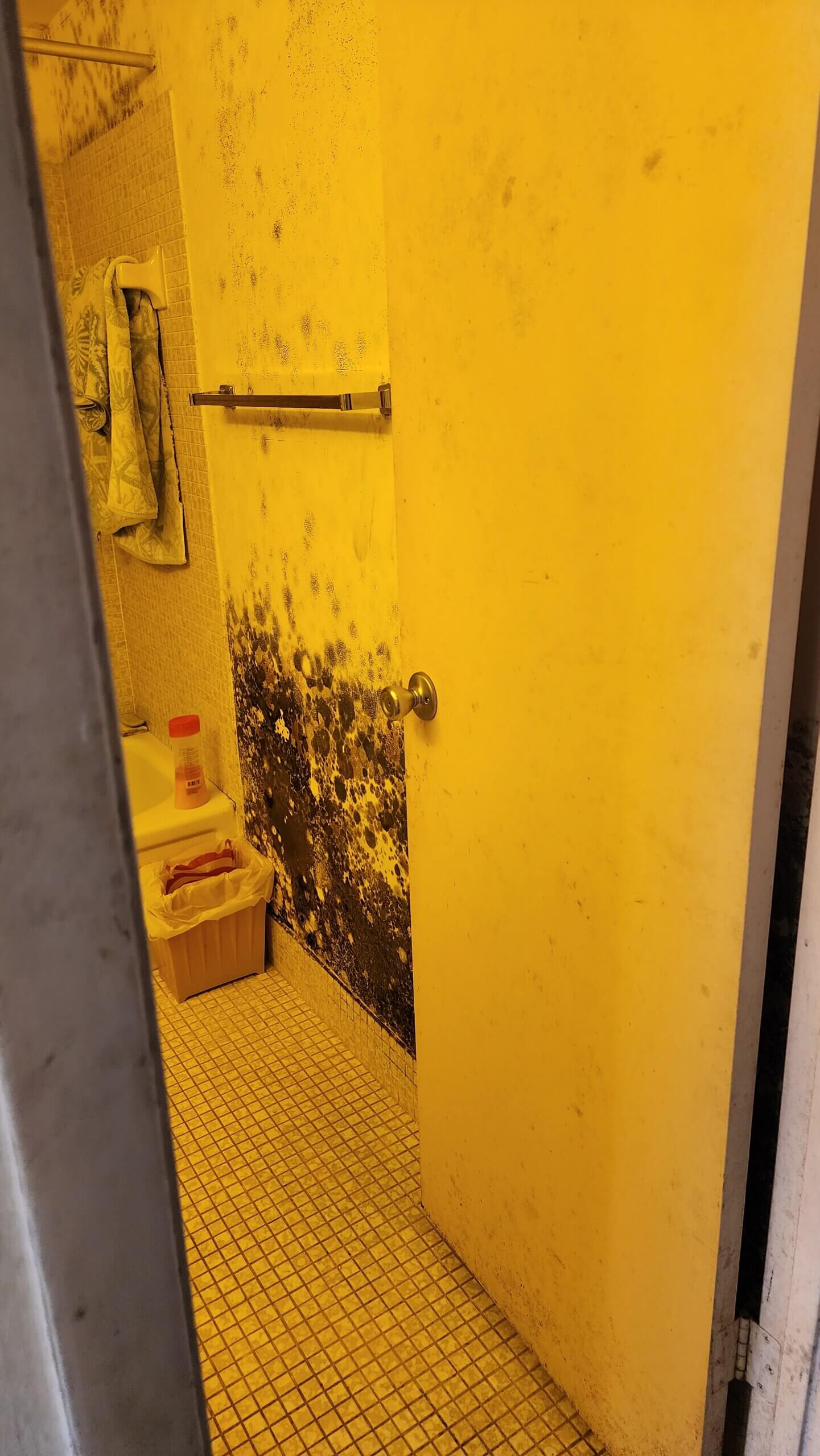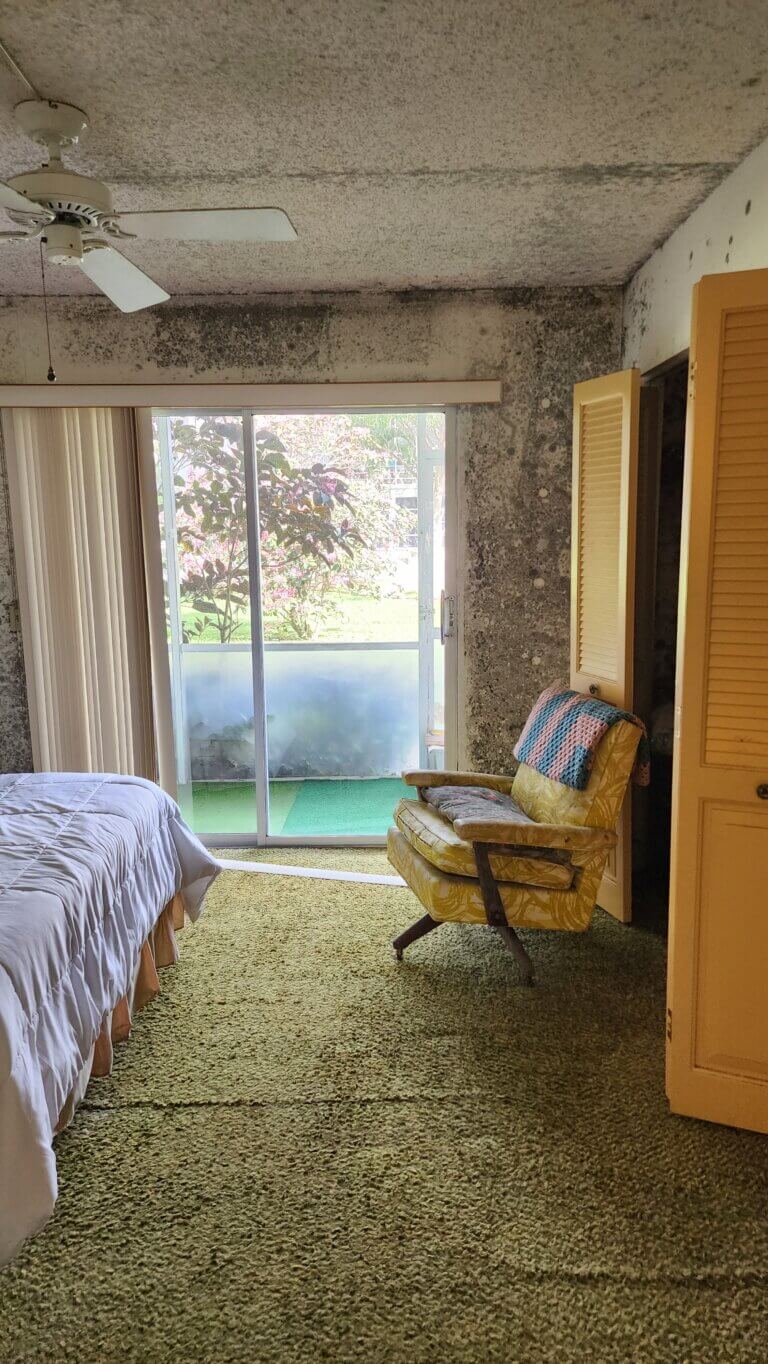
Testing Your Home for Mold: A Step-by-Step Guide
Introduction
Mold is not just an unsightly nuisance; it's a serious health risk. Whether you’re a homeowner, renter, or property manager, understanding mold and how to properly test your home for it can save you from potential health issues and costly repairs. This comprehensive guide will walk you through the ins and outs of mold inspection, remediation, and removal. You’ll learn about the various types of mold, how to identify them, and what steps you should take if you discover any signs of mold in your home.
So, grab a cup of coffee, and let’s dive into Testing Your Home for Mold: A Step-by-Step Guide!
What is Mold? Understanding the Basics
Defining Mold and Its Types
Mold is a type of fungus that grows in multicellular structures called hyphae. These organisms thrive in damp environments and can reproduce rapidly through spores when conditions are favorable. There are several types of mold, but some common varieties include:
- Aspergillus
- Cladosporium
- Penicillium
- Stachybotrys (Black Mold)
Why Does Mold Grow?
Mold requires three key elements to grow: moisture, warmth, and organic material. In homes, this often translates to damp basements, leaky roofs, or poorly ventilated spaces. Understanding these growth conditions is essential for effective mold testing and prevention.
The Importance of Mold Testing
Health Risks Associated with Mold Exposure
Exposure to mold can lead to a variety of health problems including respiratory issues, allergic reactions, skin irritations, and even more severe conditions like asthma or lung infections. Knowing the risks involved with mold exposure underscores the importance of regular inspections.
When Should You Test for Mold?
If you've noticed a musty odor or visible signs of discoloration on walls or ceilings, it might be plumbing and mold remediation time for a mold inspection. Additionally:
- After water damage
- In areas with high humidity
- If someone in your household has unexplained health issues
Testing Your Home for Mold: A Step-by-Step Guide
Step 1: Visual Inspection
Begin by thoroughly inspecting your home for visible signs of mold growth. Common areas to check include:
- Bathrooms
- Kitchens
- Basements
- Around windows
- Under sinks
Look for discoloration on walls or ceilings and any peeling paint or wallpaper.

Step 2: Smell Test
A musty odor often indicates hidden mold growth even if it’s not visible to the naked eye. Pay attention to areas where moisture accumulates.
Step 3: Assess Moisture Levels
Using a moisture meter can help determine if certain areas are prone to mold growth due to excess moisture. Aim for levels below 20% in building materials.
Step 4: Sample Collection
If you suspect mold but don’t see it clearly, consider collecting samples using a home testing kit available at stores or online. Follow the instructions carefully.
Professional Mold Inspection Services
Why Consider Professional Help?
While DIY methods are useful for preliminary checks, professional services offer comprehensive assessments that are more reliable. They utilize specialized equipment like infrared cameras that detect moisture behind walls.
Finding Mold Inspection Near Me
Searching online for "mold inspection near me" will yield local professionals who can assist with thorough evaluations. Remember to check their credentials and read reviews before hiring.
Understanding Different Types of Mold Testing Methods
Air Sampling Tests
This method captures airborne spores in your environment using special pumps. It provides insight into both indoor air quality and any possible contamination sources.

Surface Sampling Tests
These involve swabbing surfaces suspected of contamination and sending samples to laboratories for analysis.
Bulk Testing Methodology
In cases where large amounts of material may harbor mold (like drywall), bulk samples may be collected followed by lab examination.

Mold Remediation Process Explained
What is Mold Remediation?
Mold remediation is the process used to remove or contain mold from a building effectively. This goes beyond simple cleaning; it involves addressing underlying issues contributing to moisture buildup.
Steps Involved in Remediation Services
Each step plays an integral role in ensuring that molds do not return after treatment.
Choosing the Right Mold Remediation Company
Key Factors to Consider Before Hiring a Contractor Near Me
To ensure quality service:
- Check certifications
- Request inspections
- Read customer reviews
- Ask about their experience with similar cases
Searching "mold contractor near me" can connect you with qualified experts tailored to your needs.
DIY vs Professional Mold Removal: What’s Best?
When Can You Handle It Yourself?
If there's only small patches of surface-level mold (like bathroom tiles), DIY solutions may suffice using vinegar or commercial cleaners specifically designed for black mold removal near me.
When Is It Time To Call Professionals?
For larger infestations or if there are health concerns involved—especially concerning black mold—it's always best practice to engage professionals offering complete restoration services.
FAQ Section
FAQs About Mold Testing & Remediation
Q1: What should I do if I find mold in my home?
A1: Start by isolating the area from further contamination then contact professional remediation services immediately if necessary.
Q2: How long does it take to remediate mold?
A2: The timeline depends on infestation size but generally spans from several days up to weeks depending on severity.
Q3: How can I prevent future mold growth?
A3: Control humidity levels below 50%, fix leaks promptly and ensure adequate ventilation throughout your home regularly!
Q4: Is all black mold harmful?
A4: Not all black molds pose serious risks; however Stachybotrys chartarum (toxic black) should always be treated with caution!
Q5: Can I test my home for molds myself?
A5: Yes! Home testing kits exist; however results from professionals provide more reliable insights into contamination levels present within your space!
Q6: How often should I have my home inspected?
A6: Regular inspections every year or two seal off potential issues before they escalate into larger problems requiring costly repairs!
Conclusion
Understanding how to effectively test your home for molds is crucial in maintaining not just your property but also the health of those who inhabit it. Following this detailed guide ensures you're well-equipped with knowledge on identifying potential threats as well as implementing proper remediation techniques should they arise. Additionally searching terms like “water and mold remediation near me” will help locate trusted professionals ready at hand when needed most! Protecting yourself starts here—take action today!